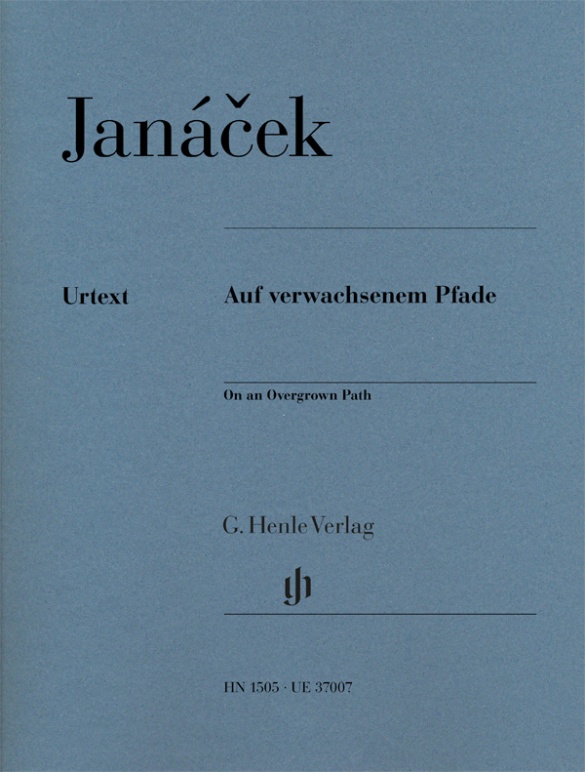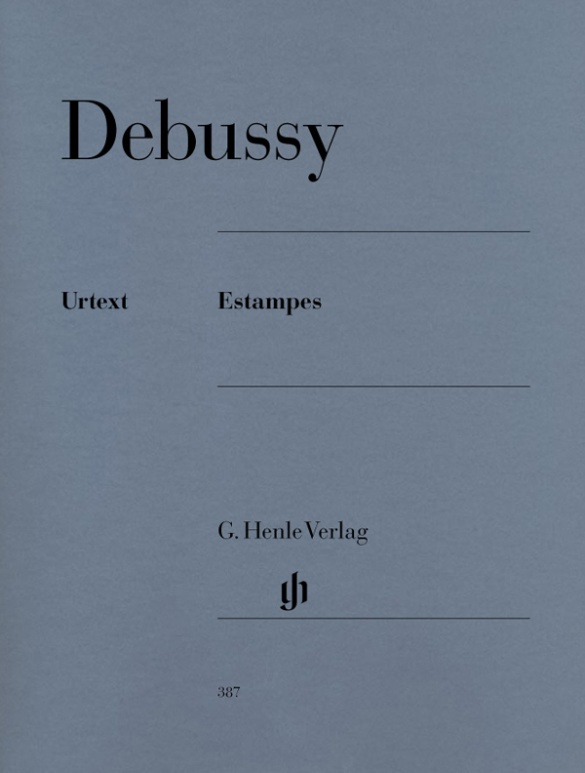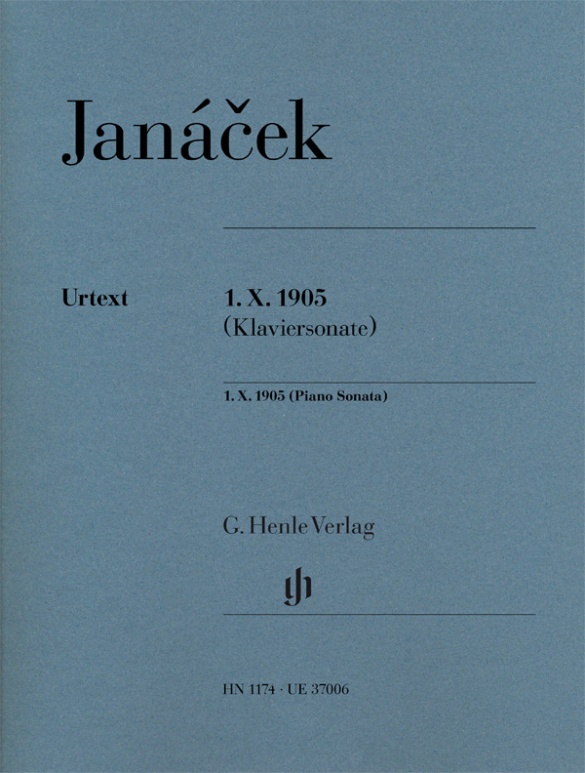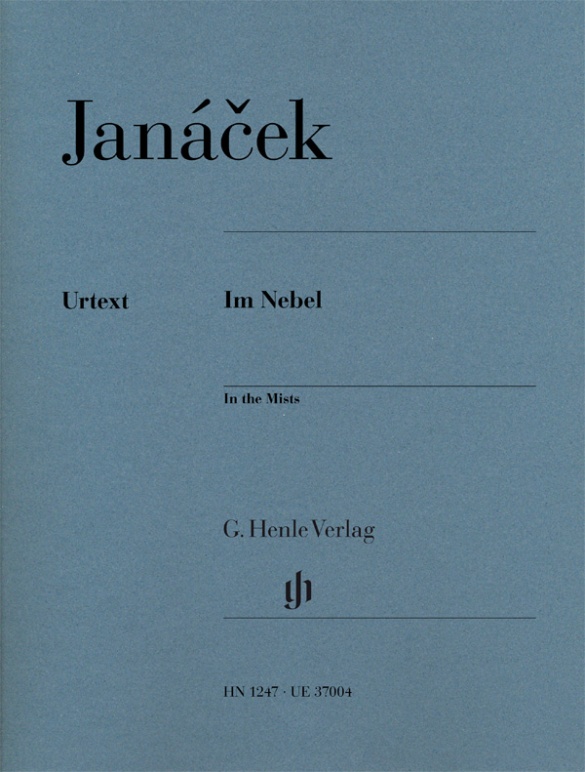

Leos Janácek
In the Mists
Piano music occupies a small, but nevertheless musically important place in Janácek’s oeuvre. Our edition of "In the Mists" by the seasoned Janácek editor Jirí Zahrádka is an impressive example of this. The small cycle was composed in 1912 and first published the following year. But as was so often the case, Janácek was prompted to revise it. Following the first performance of the work in Prague by the pianist Stepán Václav in December 1922, the composer and interpreter jointly undertook a revision, which was published in 1924. We are now publishing this definitive version in a Henle Urtext edition, which also provides convincing solutions for practical questions, such as how to deal with inconsistent pedal markings by Václav and Janácek.
Read more about this edition in the Henle Blog.
mws-henle.cms.title-works.headline
mws-henle.cms-product-detail.composer-headline
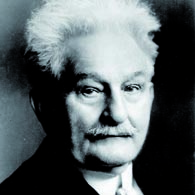
Leos Janácek
He is regarded today as one of the classic opera composers of the twentieth century, whose oeuvre renounces the opera of the nineteenth century to feature music-dramatic realism. He was well known earlier for his choir, chamber, and orchestral works and his collections of folk songs.
| 1854 | Born in Hukvaldy (Moravia) on July 3, the son of a teacher and cantor. |
| 1866 | Chorister at the Augustinian abbey in Brno; music lessons with Pavel Křížkovský, attends the German primary school. |
| 1869–72 | Education at the Slavic Teacher’s Institute, then teacher and choir director in Brno. |
| 1874–75 | Studies at the Prague organ school. |
| 1877 | Suite for Strings. |
| 1879–80 | Studies at the Leipzig Conservatory and in 1880 at the Vienna Conservatory, composes instrumental works. |
| 1881 | Founds an organ school in Brno, which he directs himself. |
| 1884–88 | Reviews of opera performances at the newly opened theater in Brno. |
| 1887 | Beginning of his first operatic composition, “Šárka.” |
| 1890/1899/1901 | Publication of folksong collections. |
| 1904 | Premiere in Brno of the opera “Jenůfa,” which brings him great acclaim and is his most important opera; it treats the problem of the freedom of the individual within the confines of a village community and is regarded as a work of realism. |
| after 1905 | He primarily composes operas drawn from the model of “Jenůfa”: in 1903–07 “Osud” (Fate), “The Excursions of Mr. Brouček” (1908–1920), “Káťa Kabanová” (1920–1921), “The Cunning Little Vixen” (1922–1924), “The Makropulos Case” (1923–1925), “From the House of the Dead” (1927/28) in Brno. |
| 1926 | Sinfonietta; Concertino for piano, two violins, viola, clarinet, French horn, and bassoon; sketches for the violin concerto “The Wandering of a Poor Soul.” |
| 1928 | Death in Moravská Ostrava (Moravian Ostrava) on August 12. |
Product Safety Informations (GPSR)

G. Henle Verlag
Here you can find the information about the manufacturer of the product.G. Henle Verlag e.K.
Forstenrieder Allee 122
81476 München
Germany
info@henle.de
www.henle.com
Nachdem das Werk für einige Zeit vom Podium verschwunden gewesen war, setzte sich der Pianist Václav Stephán intensiv damit auseinander und regte Janácek im Rahmen einer Neuausgabe zu einigen Änderungen und Ergänzungen an. Auf dieser revidierten Fassung basiert die neue Ausgabe des G. Henle-Verlags, welche von Jirí Zahrádka betreut wurde. Dabei wurden ein paar notationstechnische Inkonsequenzen behutsam angeglichen, und das Notenbild so übersichtlich wie möglich gehalten - wie man das von Henle gewohnt ist. Vor allem scheint nun die Quellenlage am Ende des dritten Stücks geklärt: Hier konkurrierten bislang mehrere Versionen ad libitum um die Gunst der Interpreten. Zur Übersichtlichkeit tragen auch die Fingersätze von Dénes Várjon bei. Sie ergänzen auf sinnvolle Weise jene der revidierten Ausgabe von 1924.
Schweizer Musikzeitung, 2018推荐
autogenerated_cross_selling
本书目其他版本
本书目其他版本


